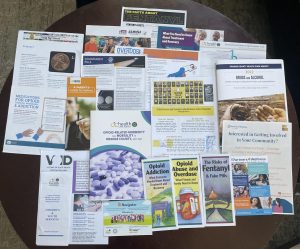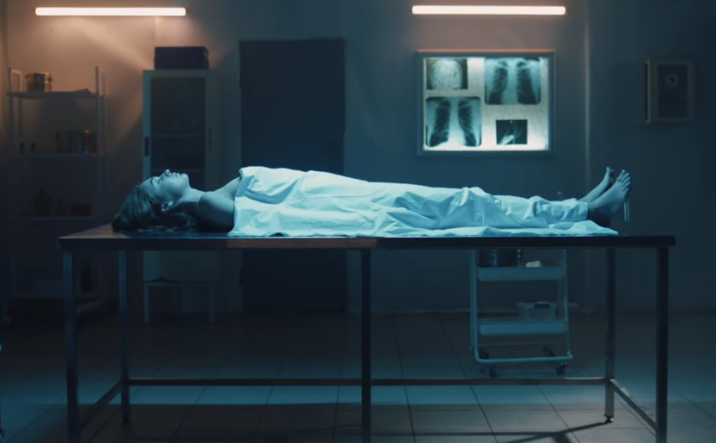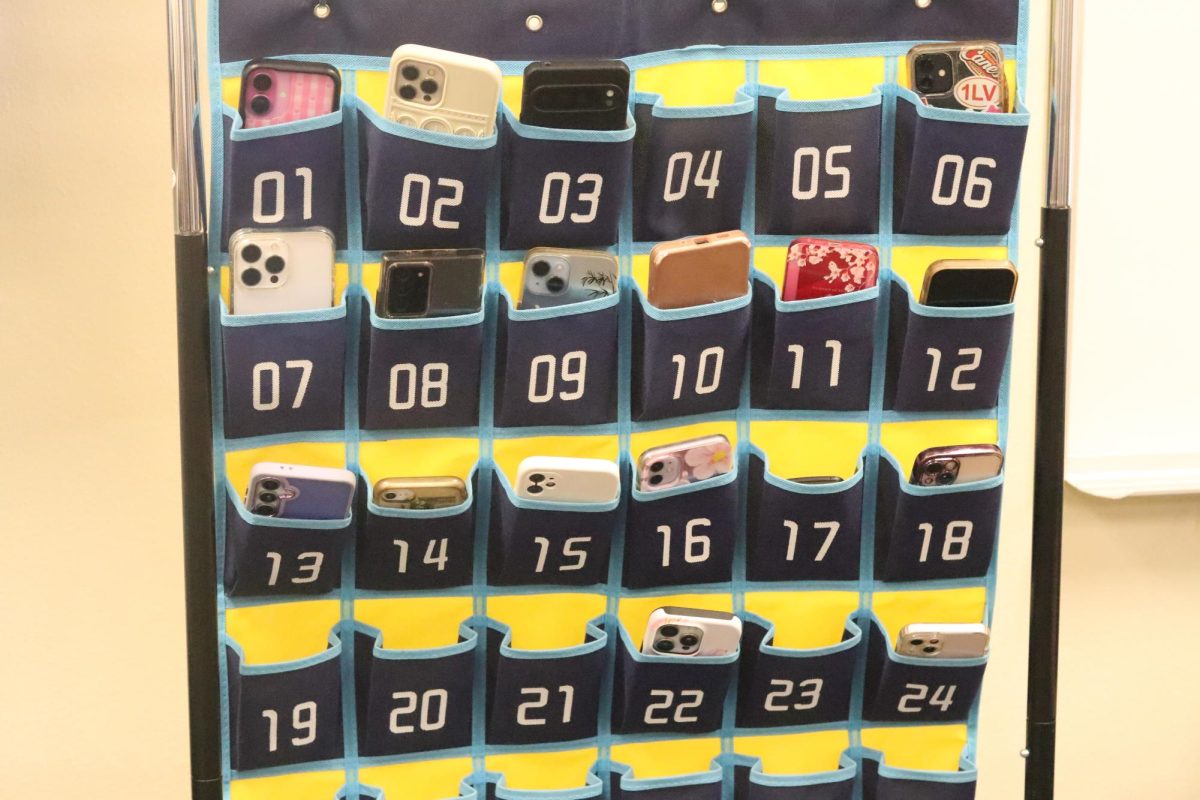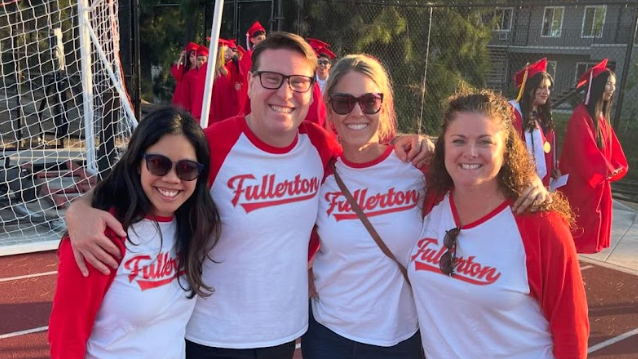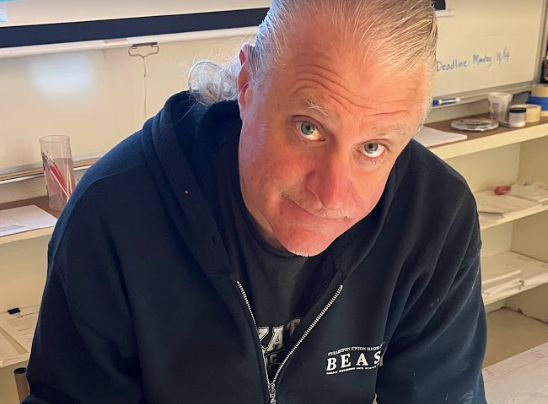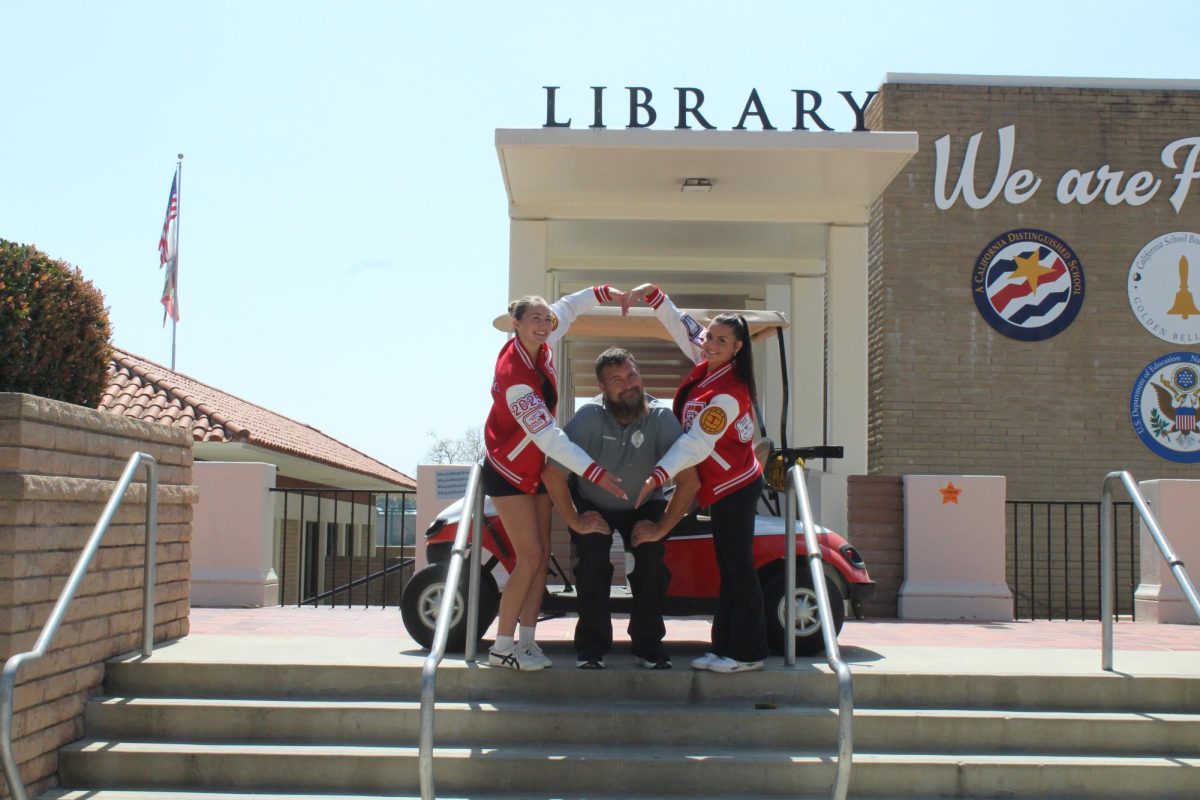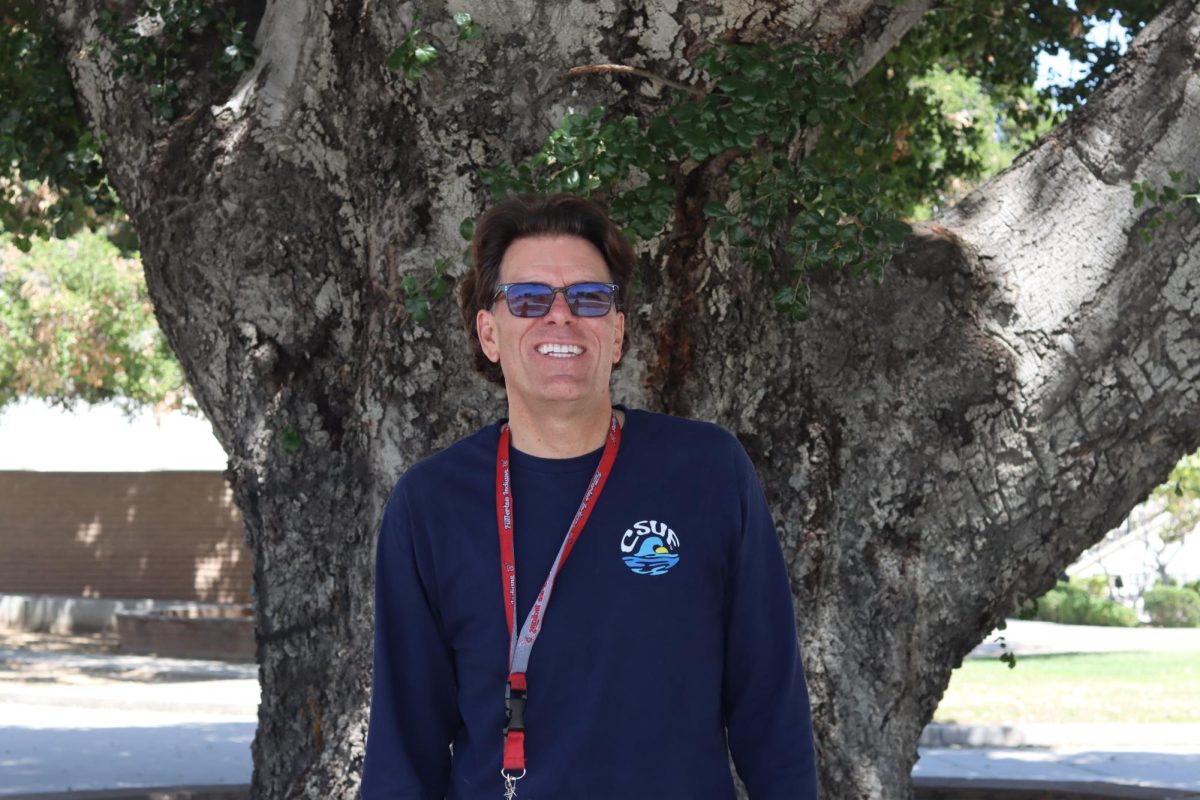Devon Kelley-Hickman suffered from crippling anxiety throughout high school, and when marijuana could no longer blunt her stress, she found Xanax.
One evening when her mother Veronica checked on Devon, she found her daughter unresponsive, describing her breathing as “machinelike.” Dr. Veronica Kelley, who is now Chief of Mental Health and Recovery Services of the OC Health Agency, recognized immediately the signs of an opioid overdose.
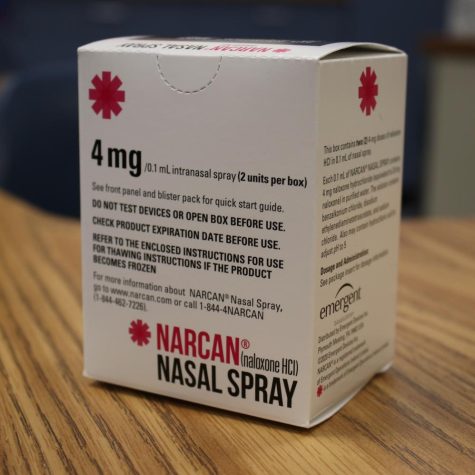
Veronica yelled for her younger daughter to grab the Narcan spray in the cupboard above the coffee. She administered the Narcan, the brand name for Naloxone, a quick-acting medication that reduces the effects of an opioid overdose. Devon lived; she’s now 27.
Hoping to save lives, Dr. Veronica Kelley shared her daughter’s story with about 200 people during an opioid crisis workshop Jan. 26 in the Little Theater. The event included a discussion panel with Kelley, two parents whose children died of overdoses, and an addiction expert.
Parents in attendance were invited to take home free doses of Narcan after receiving instructions on how to use the life-saving opioid overdose medication.
Fentanyl and other opioids: A plague on all our houses
Kelley said that the county has offered Narcan to all Orange County schools, but some districts have not received full approval from school boards. Kelley is working on getting superintendents what they need.
“Some schools say, ‘Absolutely not. We will not keep Narcan on our campus,’” she said. “I mean, I bet they have syrup of ipecac in the nurse’s office to induce vomiting. We all use that.”
According to FUHS principal Laura Rubio, campus Student Resource Officers have Narcan, but it is not yet available campus wide. “At this time the district is exploring the possibility of having Narcan at our school sites, more information on this will come soon,” she said.
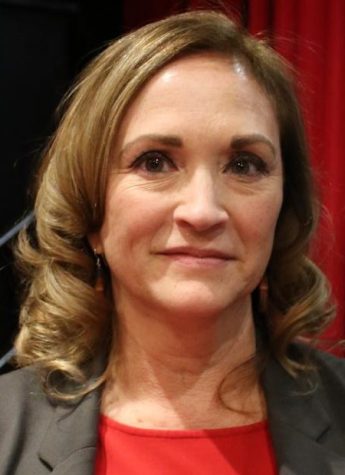
Kelley says that it’s not just parents and schools that should know how to use and have on hand Narcan, but teens, too.
“When you’re at a party, someone might do something [like overdose on opioids], and if they’re down, and they’re unconscious instead of walking away, we need youth to feel empowered,” Kelley said. “If you have Narcan, you can just squirt some in that person’s nose and call 911. You won’t be in trouble, not with the law.”
Sophomore Ryan Leitner, who attended the panel discussion, agrees that Narcan should be more accessible.
“I think [Narcan] should be around people’s houses, kind of like a Band-aid,” Leitner said. “It can actually save lives, so we should put it out there more—especially for teenagers, just to be extra safe.”
According to behavioral health expert Don Bartosik, 40% of people will at some point witness an overdose. “Any of you guys in this room can be a bystander,” said Bartosik, who was part of the panel discussion.
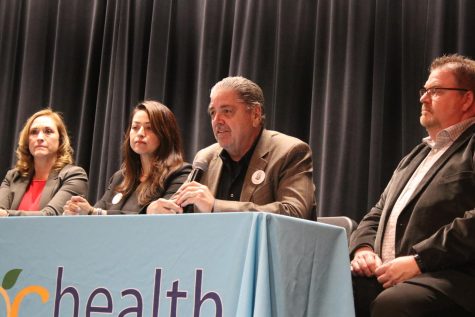
In an interview with the Tribe Tribune before the event, Kelley said one of her biggest concerns is the 122% increase in fentanyl-related deaths for ages 10 to 17.
“If we have 10 year olds dying of fentanyl poisoning, they got it because they were getting a different med. They thought they had a different drug,” Kelley said. “It wasn’t like they just, you know, wandered into a room where there were fumes in the air. It wasn’t that. A child took an Adderall or a Percocet. And they took those drugs because they were looking for something, right? They wanted to calm down. They wanted to stay up so they could finish their homework.”
Sergeant Billy Phu of the Fullerton Police Department confirmed in a phone interview that the city of Fullerton has seen an increase in fentanyl poisonings (taking fentanyl when the intention was to take something else) and actual fentanyl overdoses.
“For example, a person might think he’s just smoking marijuana, but doesn’t realize there’s fentanyl in it. You weren’t intentionally using fentanyl but you have an adverse effect that’s called poisoning,” Phu said. “We’re seeing this increase in products laced with fentanyl.”
If fentanyl kills, why do drug dealers sell it? Phu says fentanyl is inexpensive and addictive. Dealers profit from selling cheap fentanyl while claiming to sell more expensive prescription pills, cocaine or some other drug.
Deadly drugs delivered to your doorstep
The nonprofit Victims of Illicit Drugs shared with attendees how the disappearing messages feature of Snapchat makes it easy to keep secret the record between dealers and clients. Snapchat’s Snap Map helps dealers target kids in their area.
FUHS School Resource Officer Eric Carrillo agrees social media is making drugs easily accessible to teens.
“I’ve heard stuff where kids are going on Snapchat and finding their dealers that way,” Carrillo said. “Sometimes they can get their drugs delivered to them kind of like an UberEats service, as crazy as that sounds.”
Telling kids to say no isn’t enough—obviously
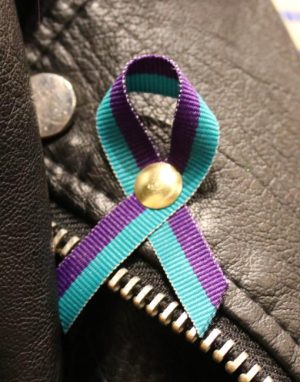
Bartosik said during the panel discussion that the current method around combating teenage drug use is outdated and could be more effective.
“You know that saying ‘don’t do drugs’ very rarely works,” Bartosik said. “I mean, how long have they said it? It goes all the way back to Nancy Reagan, but it doesn’t work.”
Kelley agrees and adds that the right education is key.
“It’s like all those myths that we’ve all heard: ‘If you talk about it, you’re encouraging it. If you talk about suicide, you’re encouraging it.’ That’s a myth,” Kelley said. “If you give Narcan to people who OD, you save lives. You’re not encouraging people to use fentanyl. You’re not doing that. You are preventing them from dying.”
Our own Dead on Arrival?
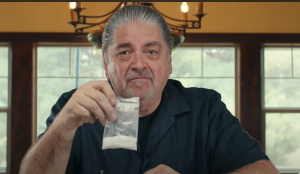
Tribe Tribune photo editor Syd Rosas, who attended the event, said that the most powerful part of the workshop was the screening of Dead on Arrival (youtube) that discussed the impact that fentanyl has had on people’s lives. Parents talked about finding their children dead after they overdosed on fentanyl. The toll it took on them was heartbreaking.
“It was real, emotional, and brought the scary, uncomfortable, real situations to life for the audience,” Rosas said. “The film took all these uncomfortable, traumatic, don’t-talk-about-it moments and did just that. They talked about it, and they talked about everything else, too.”
Leitner said the film was effective. “I think if we show students [Dead on Arrival] that it would really impact a lot of students and make them aware of how deadly fentanyl can be to themselves and their families,” he said.
Rosas believes instead a student-made film would be more appropriate for a younger audience.
“A similar film should be presented to students that is more at their level,” Rosas said. “Instead of talking over their heads to parents about what they should do, it should be teenagers talking directly to teenagers to show them the impact of their choices when it comes to drugs.
“There is, unfortunately, a stigma around drug use, and the people that use drugs,” Rosas said. “People think drug users are all addicts, all bad people, that the negative stereotypes apply automatically to every drug user, but this film changed that stigma. It talked about kind, thriving children who were deceived by someone. And then they died.”
For more information about substance abuse and mental health resources go to www.ocnavigator.org.
